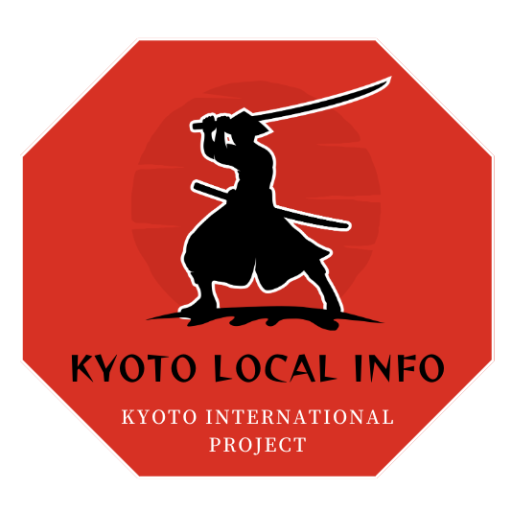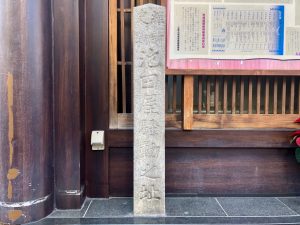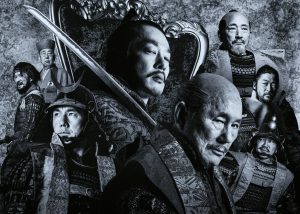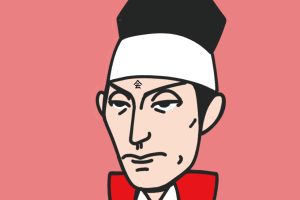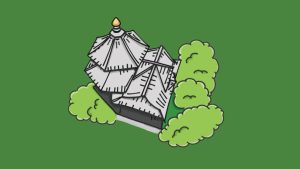Here are four locations associated with Yoshida Toshimaro and the "Ikedaya Incident," which brought fame to the Shinsengumi and delayed the Meiji Restoration.
During the late Edo period, the Shinsengumi attacked the Ikedaya Inn in Sanjo, Kyoto, where radical supporters of the Sonnō jōi movement had gathered, in an event known as the "Ikedaya Incident". It is said that this incident caused a delay in the Meiji Restoration by several years and elevated the Shinsengumi to stardom, making it a significant event. In the vicinity of Sanjo Kiya-cho in Nakagyo Ward, where the Ikedaya Inn was located, there are several spots related to Yoshida Toshimaro, who was a leader among the radical supporters, including the remains of the Ikedaya Inn. What is the "Ikedaya Incident" that delayed the Meiji Restoration? On June 5, […]
Kyoto and Nakagyo Ward History: "The August 18 Coup d'État ~ The Ikedaya Incident"
The political upheaval of August 18th In Kyoto, a radical Sonnō jōi faction centered around the Chōshū domain emerged, and Sonnō jōi-affiliated court nobles such as Sanjō Sanetomi and Anegakōji Kintomo expanded their influence, aligning with Chōshū. In response, the Kobu-Gattai faction sought to regain control. The Satsuma domain, part of the Kobu-Gattai faction, approached the Aizu domain, which held the position of Kyoto Shugoshoku, and planned to expel Sonnō jōi-affiliated court nobles and the Chōshū domain from the imperial court. On August 18, 1863, troops led by the Aizu and Satsuma domains blockaded the nine gates of the Kyoto Imperial Palace and carried out a coup. As a result, […]
"Kitano's World" depicts an unseen "Incident at Honnō-ji" Watching the movie "Kubi," we embark on a pilgrimage to Honnō-ji.
Three decades in the making. The latest work by master director Takeshi Kitano depicts the tumultuous lives of warriors embroiled in battles and schemes, all from his unique perspective on the "Incident at Honnō-ji." Depicting the Honnō-ji Incident means… the setting is over there in Nakagyo Ward, isn't it? The movie "首" In the late Sengoku period, Oda Nobunaga (played by Ryo Kase) engages in fierce battles with various forces across the country in his quest for national unification. However, he is betrayed by his trusted vassal, Murashige Araki (played by Kenichi Endo). Nobunaga gathers his retainers and orders the search for Araki, using the promise of inheritance of his […]
The History of Kyoto and Nakagyo Ward: The End of the Edo Period Part 3 - "Birth of the Shinsengumi"
(Previously on) With the signing of the "Treaty of Amity and Commerce between the United States and Japan," trade with foreign countries began, dealing a heavy blow to the textile industry in Kyoto's Nishijin district. This led to numerous incidents of violence against foreign traders. Additionally, the arrival of many loyalists to the Emperor and opponents of foreign influence in Kyoto exacerbated the deterioration of public order. The radical activists of the Sonnō jōi faction who came to Kyoto engaged in activities such as assassination and robbery, exacerbating the serious problem of deteriorating public order. In response, the shogunate established the position of "Kyoto Shugoshoku" (Governor of Kyoto) to maintain […]
Kyoto: Central Story's Rokkaku-do, also known as Choho-ji Temple, the birthplace of Ikebana.
There are many works set in Kyoto, spanning across various genres such as movies, dramas, novels, manga, and anime, and the Nakagyo Ward also appears in various works. In this series, we will introduce how Nakagyo Ward is depicted in these works, spot by spot. This time, we will focus on Choho-ji Temple, also known as Rokkaku-do, which is considered the birthplace of Ikebana. Rokkaku-do (Shiunzan Choho-ji) Overview Rokkaku-do is a temple of the Tendai sect, officially known as "Shiunzan Choho-ji." It has been affectionately called "Rokkaku-do" as a nickname for a long time due to the hexagonal shape of its main hall. Perhaps even if you mention "Choho-ji," not […]
